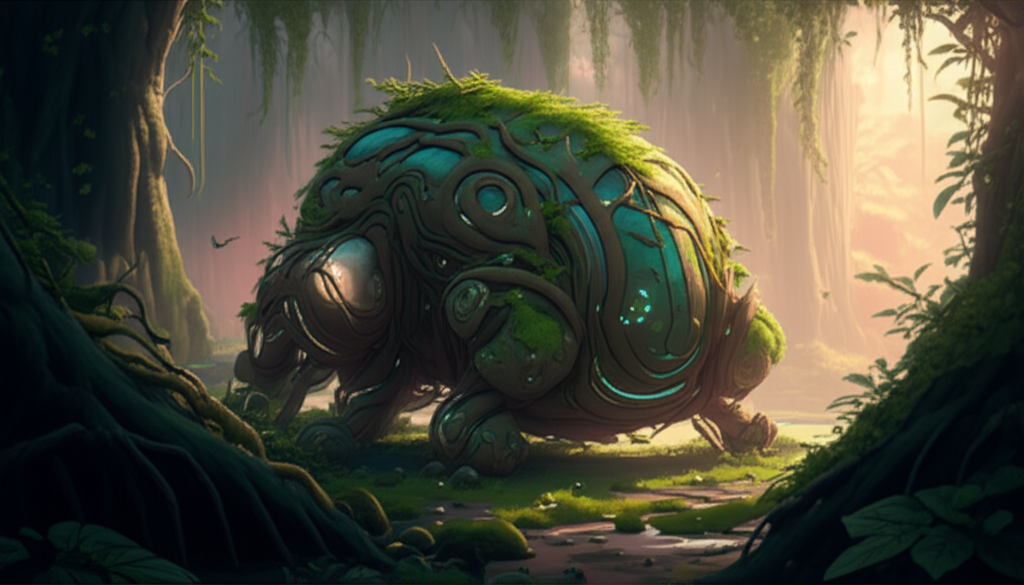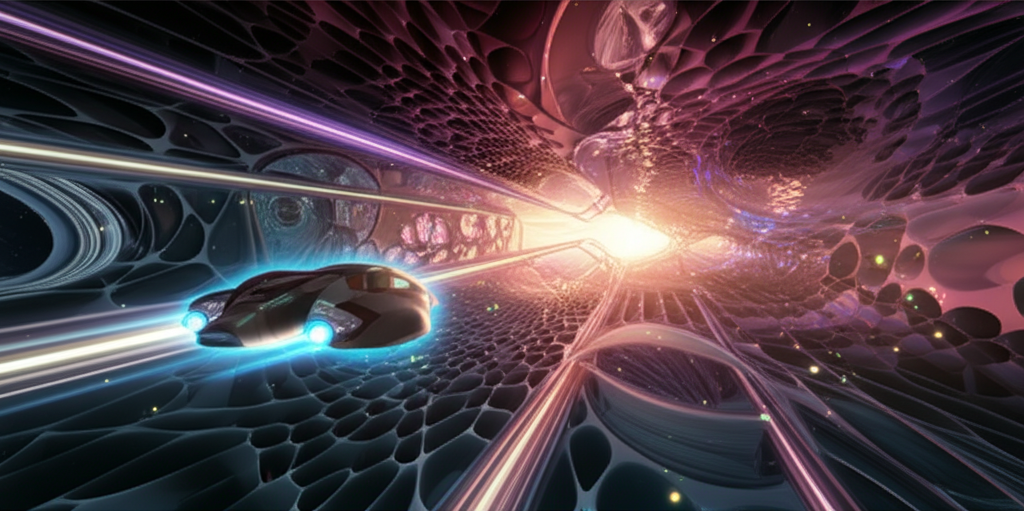Bio-Mechanical Fusion: Living Vehicles That Evolve
Revolutionary biotechnology creates vehicles that grow, heal, and adapt like living organisms while maintaining mechanical performance and reliability.

The boundary between biology and technology has finally dissolved. Bio-mechanical fusion vehicles represent the ultimate synthesis of organic evolution and mechanical engineering, creating transportation that lives, breathes, and evolves alongside its human partners.
These revolutionary vehicles are grown rather than manufactured, using advanced biotechnology that combines synthetic biology with mechanical systems. Living tissue interfaces seamlessly with carbon fiber structures, creating vehicles that possess both organic adaptability and mechanical reliability.
The breakthrough came through synthetic biology techniques that engineer living cells to produce materials stronger than steel while maintaining biological properties. These bio-engineered organisms can repair damage, adapt to environmental conditions, and even evolve new capabilities over time.
Bio-mechanical vehicles feature self-healing capabilities that surpass any traditional repair system. Minor damage triggers biological repair processes that restore the vehicle to perfect condition within hours, while major damage initiates rapid regeneration protocols.
The vehicles develop unique personalities and preferences through neural network integration with biological systems. Each bio-mechanical vehicle becomes a true partner to its owner, learning driving patterns, anticipating needs, and forming emotional bonds that enhance the transportation experience.
Environmental adaptation occurs automatically as the biological components respond to changing conditions. The vehicle's living systems can optimize performance for different climates, terrains, and usage patterns, continuously improving efficiency and capability through evolutionary processes.
Energy systems combine photosynthesis with traditional power sources, allowing vehicles to generate energy from sunlight while parked. The biological components can also process organic waste into usable fuel, creating a truly sustainable transportation ecosystem.
Maintenance becomes a nurturing process rather than mechanical repair. Owners feed their vehicles specialized nutrients, provide appropriate environmental conditions, and monitor health indicators through biological sensors that report the vehicle's wellbeing in real-time.
The manufacturing process involves growing vehicles in specialized bio-reactors over several months. Each vehicle develops unique characteristics during growth, making every bio-mechanical vehicle completely individual while maintaining standardized performance specifications.
As bio-mechanical fusion technology matures, these living vehicles promise to revolutionize our relationship with transportation. They represent the next step in human-machine evolution, where the distinction between tool and companion disappears entirely.
Related Articles

Quantum Foam Navigation: Traveling Through Spacetime's Smallest Structures
Revolutionary quantum foam manipulation technology enables vehicles to navigate through the fundamental fabric of spacetime itself, accessing transportation networks at the Planck scale.

Psychic Resonance Vehicles: Transportation Through Mental Telepathy
Revolutionary psychic amplification technology creates vehicles that respond to telepathic commands and connect minds across vast distances through quantum consciousness networks.

Nano Swarm Vehicles: Self-Assembling Transportation Clouds
Revolutionary nanotechnology creates vehicles from billions of coordinated nanobots that can form any transportation configuration and adapt in real-time to changing conditions.